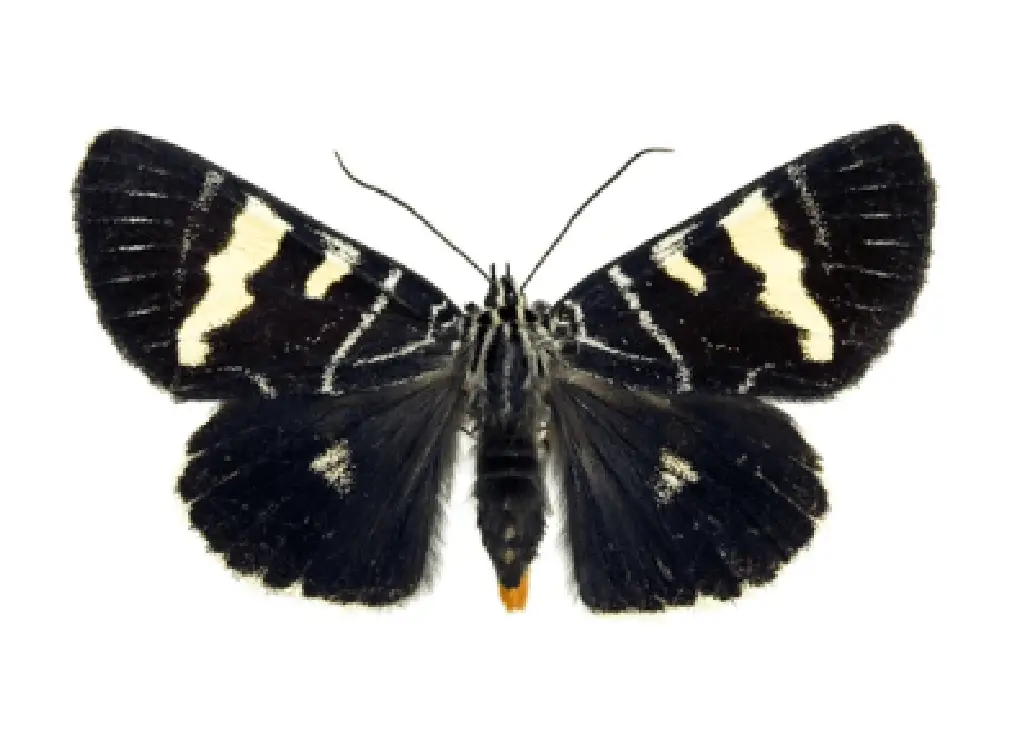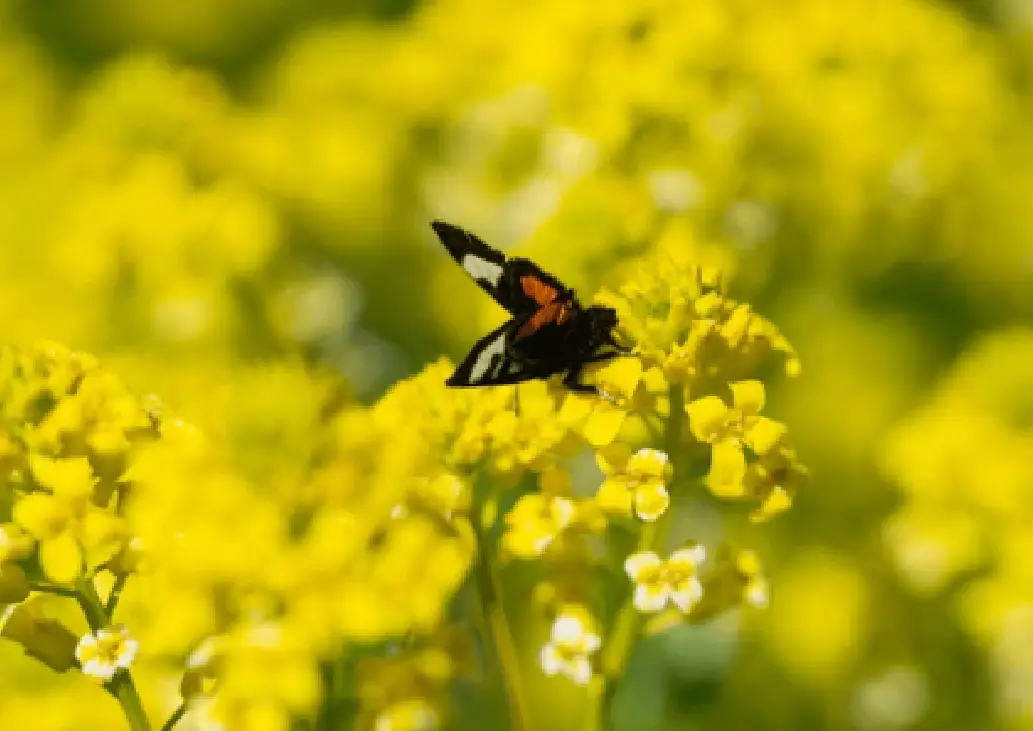Grape moth is a species known as a vineyard pest. It overwinters as a pupa under the bark of grapevines. This species emerges under suitable humidity and temperature conditions, typically in April and May. The females lay their eggs on flowers and flower stems, and the larvae cause damage.
Grape moth‘s primary host is grapevine leaves. Other hosts include products like laurel and jujube. Effective control is necessary to combat the significant damage caused by this species. The methods used to combat this moth include chemical, biological, and biotechnical methods. Due to its high ranking in exports for our country, the economic impact is substantial.
Damage Caused by the Grape Moth
Known scientifically as Lobesia botrana, this species is notorious for the damage it causes to vineyards. The larvae damage grape clusters, leading to a loss in quality and yield.
This pest species has several generations per year, causing different types of damage at various stages. The three generations of the grape moth are as follows:
Leaf and Bud Stage
The grape moth generally appears in the spring. During this generation, the larvae feed on leaves and buds, causing damage to the crops. The loss of leaves reduces the plant’s photosynthesis capacity, impairing its overall health and decreasing yield.

Flower Stage
This stage occurs in late spring or early summer. The larvae target flowers, preventing pollination. This leads to a reduction in flower yield and fruit formation.
Fruit Stage
In this stage, the larvae feed on the flesh of ripening fruits, degrading their quality. This damage typically starts in late summer or early autumn. The grape moth bores into the fruits and feeds on the flesh, resulting in a decrease in fruit quality. The damaged fruits suffer significant commercial losses.
The larvae feed on grape berries, causing the most damage during the second and third generations. In addition to these damages, the grape moth facilitates the spread of fungal infections. The fungus known as gray mold can proliferate on the damaged fruits.
Given that grapes are one of the most exported products from our country, a decline in yield and quality poses a significant economic risk. Therefore, minimizing the damage caused by the grape moth is crucial. Combatting this moth species and taking necessary precautions are of great importance.

Methods Used to Combat the Grape Moth
There are various methods used to combat this moth species. The success rate of the chosen method depends on its suitability for the intended purpose. The primary methods and their characteristics are as follows:
- Cultural Control: It involves cleaning damaged and diseased products and regularly maintaining vineyards.
- Biological Control: This method uses natural enemies, such as parasitoid wasps and predatory insects.
- Chemical Control: This method involves the use of insecticides and must be applied with great care.
Another method is pheromone traps.
Pheromone traps use the pheromones secreted by the female moth to attract male moths to sticky traps for destruction. The pests attracted to the traps stick to the adhesive plates and are eradicated. Additionally, containers filled with water can be placed inside the traps, causing the insects to fall into the water and drown.
What are the Advantages of Pheromone Traps?
This trap type is particularly important for population control and monitoring. It is a specific method designed to target a single pest species, preventing harm to other beneficial insects. This feature makes it one of the most preferred trap types.
Another significant advantage is the reduction in chemical usage. Pheromone traps help reduce the use of pesticides frequently used in our country, thus lowering production costs. Reducing chemical usage also protects the environment and human health.
Pheromone traps are also simple to use and cost-effective, making them an attractive option for producers.
When to Set Grape Moth Traps?
These traps are generally set before the population becomes active. The goal is to accurately monitor and control the population. The traps should remain in place throughout the active period of the moths to ensure effective control.
Setting up pheromone traps is quite simple. They are placed between the trees at intervals, at a height of approximately 1.5-2 meters. It is preferable to set them in areas sheltered from the wind.
To achieve optimal results from these traps, regular maintenance and monitoring are essential. Additionally, pheromone capsules should be frequently checked and replaced.
For more information about grape moths and trap methods, you can contact Kapar Organik.
Frequently Asked Questions About Grape Moths and Control Methods
This pest overwinters as a pupa under the bark of grapevines. Adult moths appear when suitable temperature and humidity conditions are met. Adult larvae become active when the nighttime temperature exceeds 10 degrees Celsius.
The number of generations varies depending on climatic conditions, but generally, it produces 3-4 generations per year.
The grape moth bores into the grape berries and feeds on the flesh inside, leading to a decrease in product quality and causing the berries to rot.
